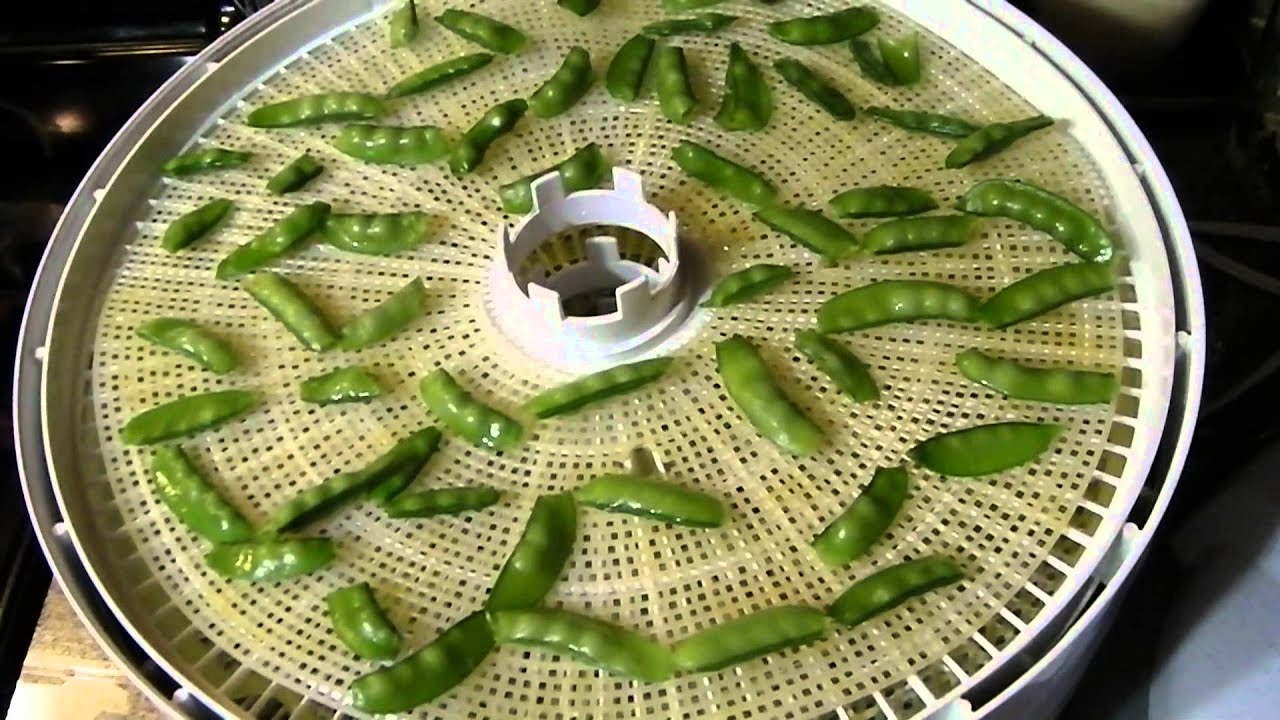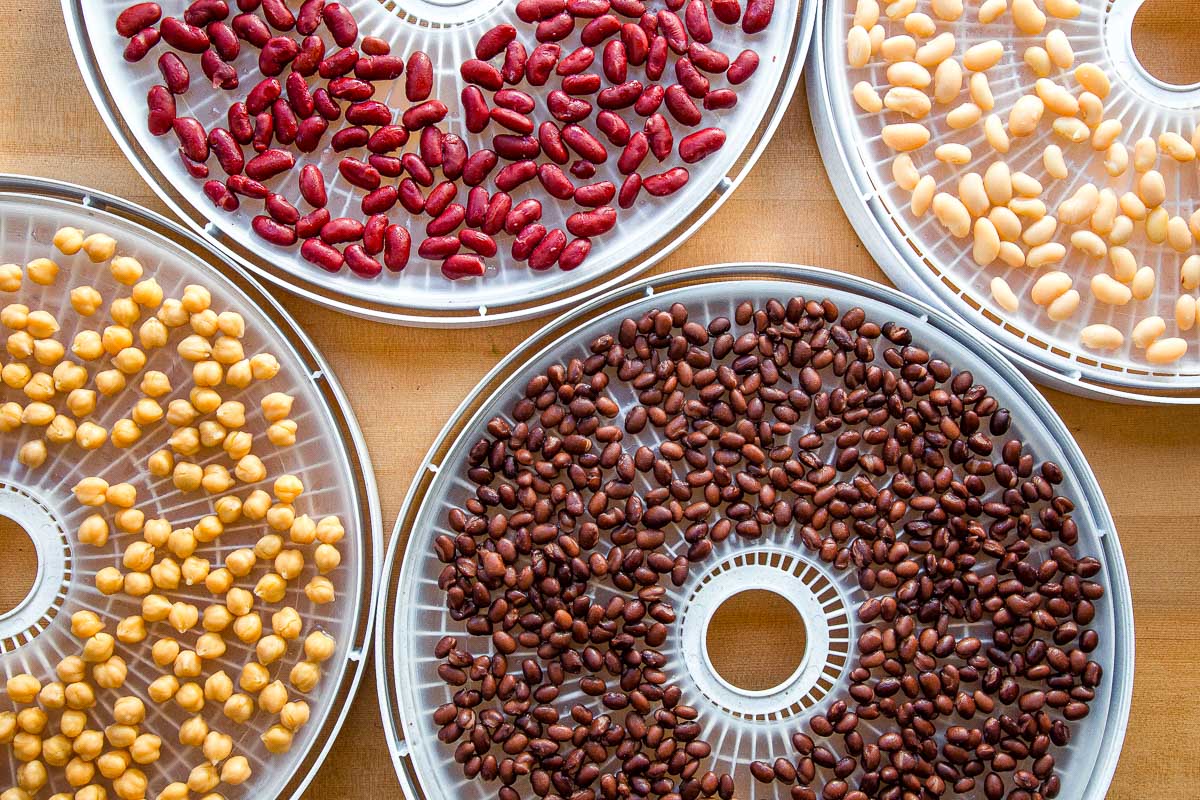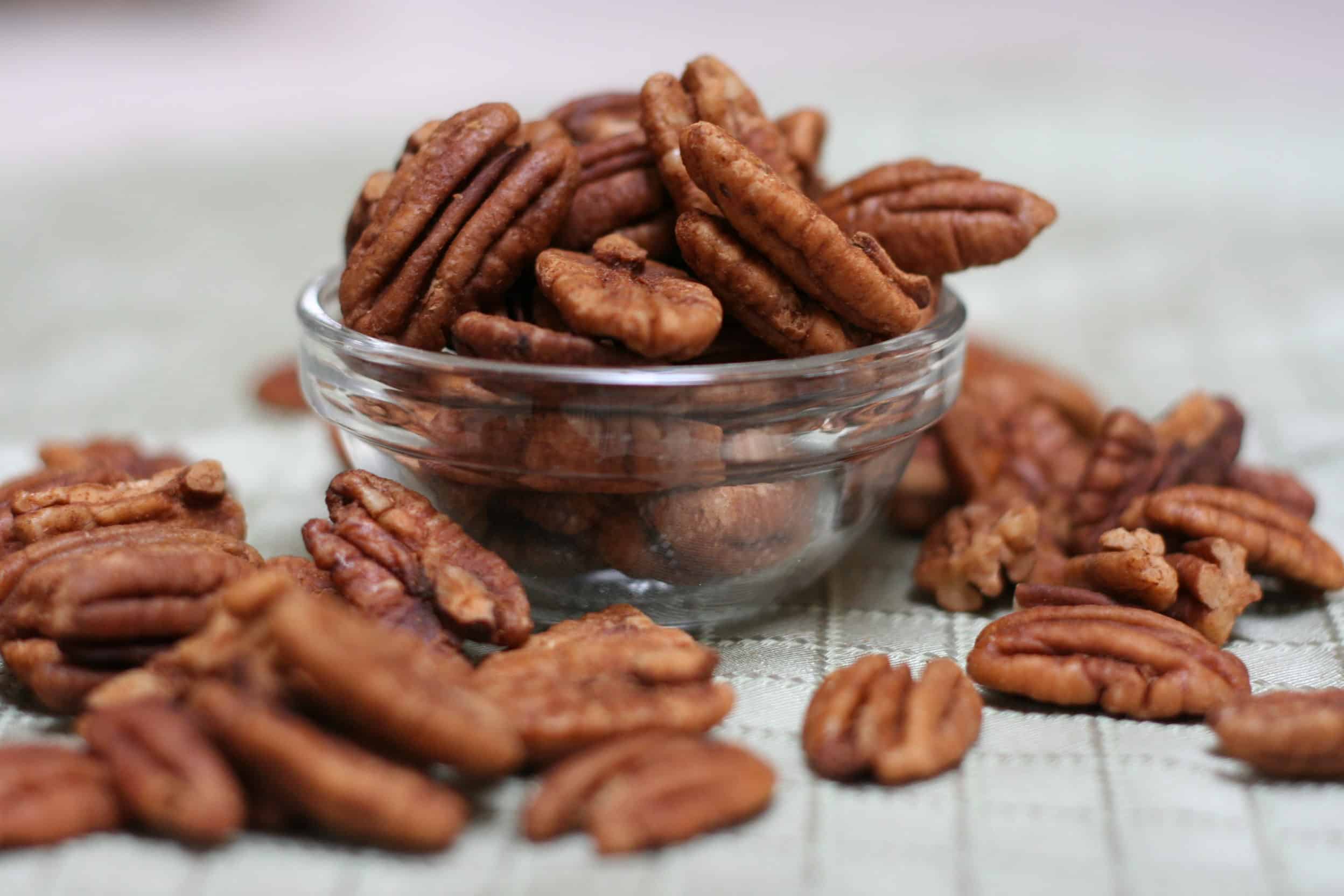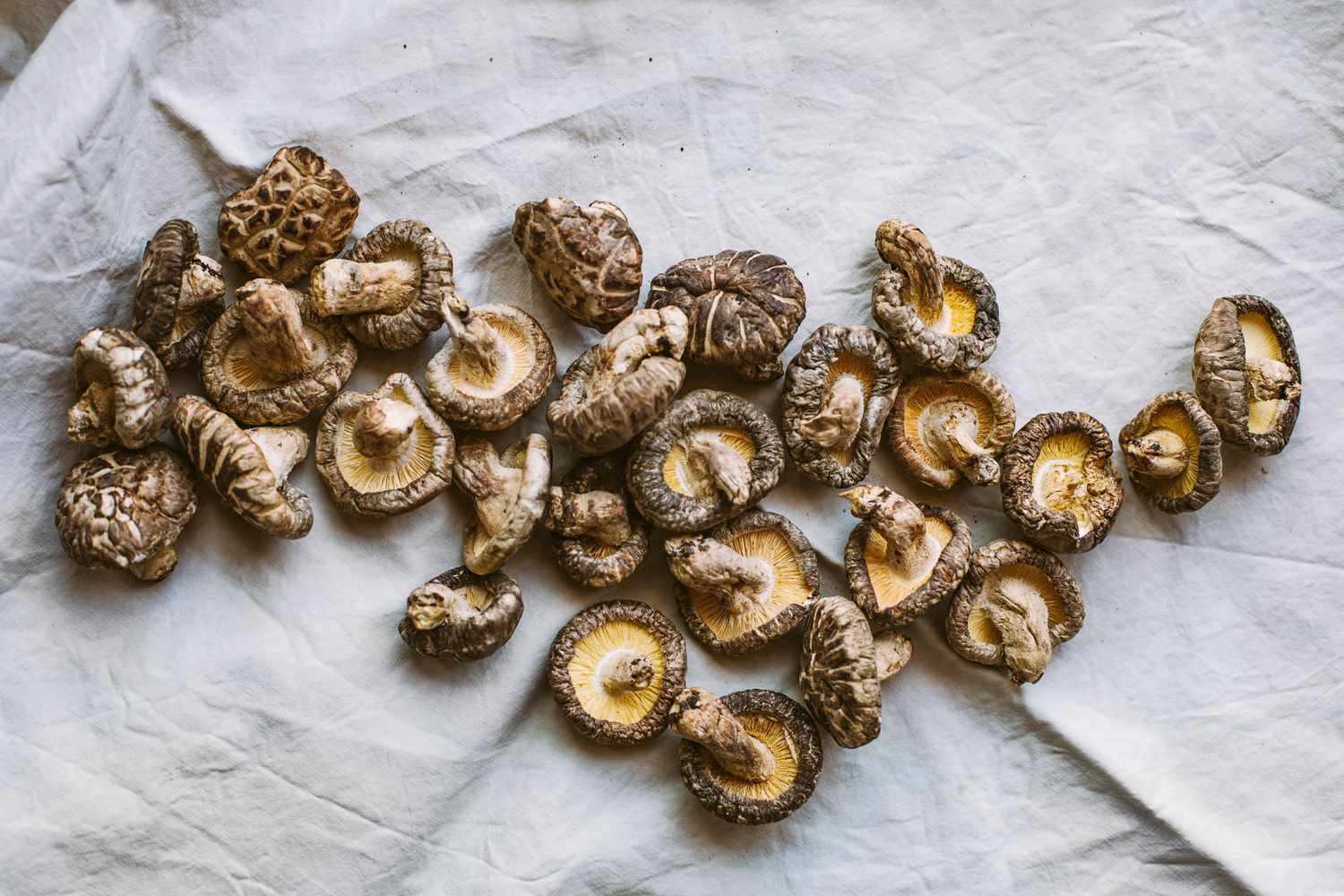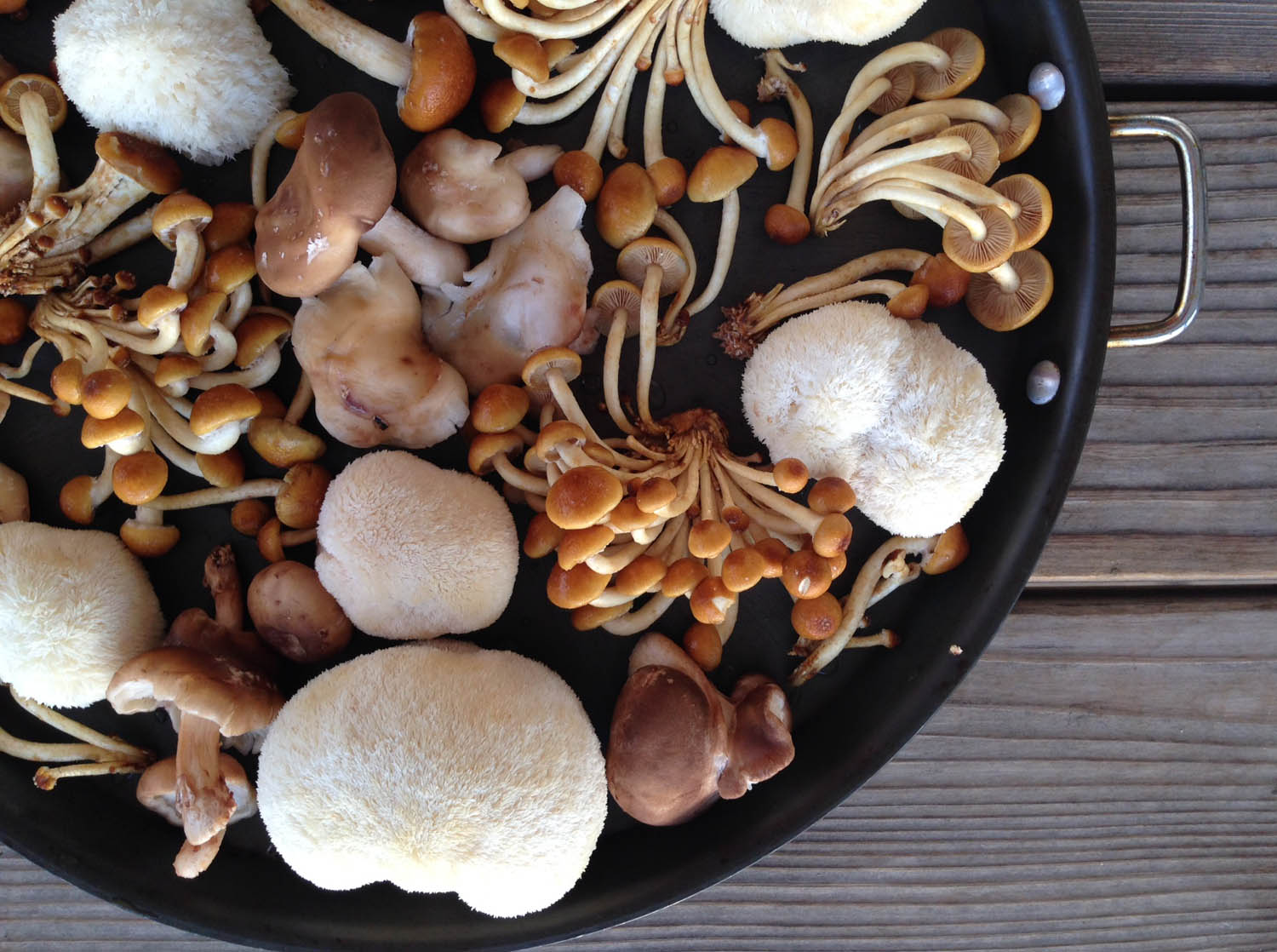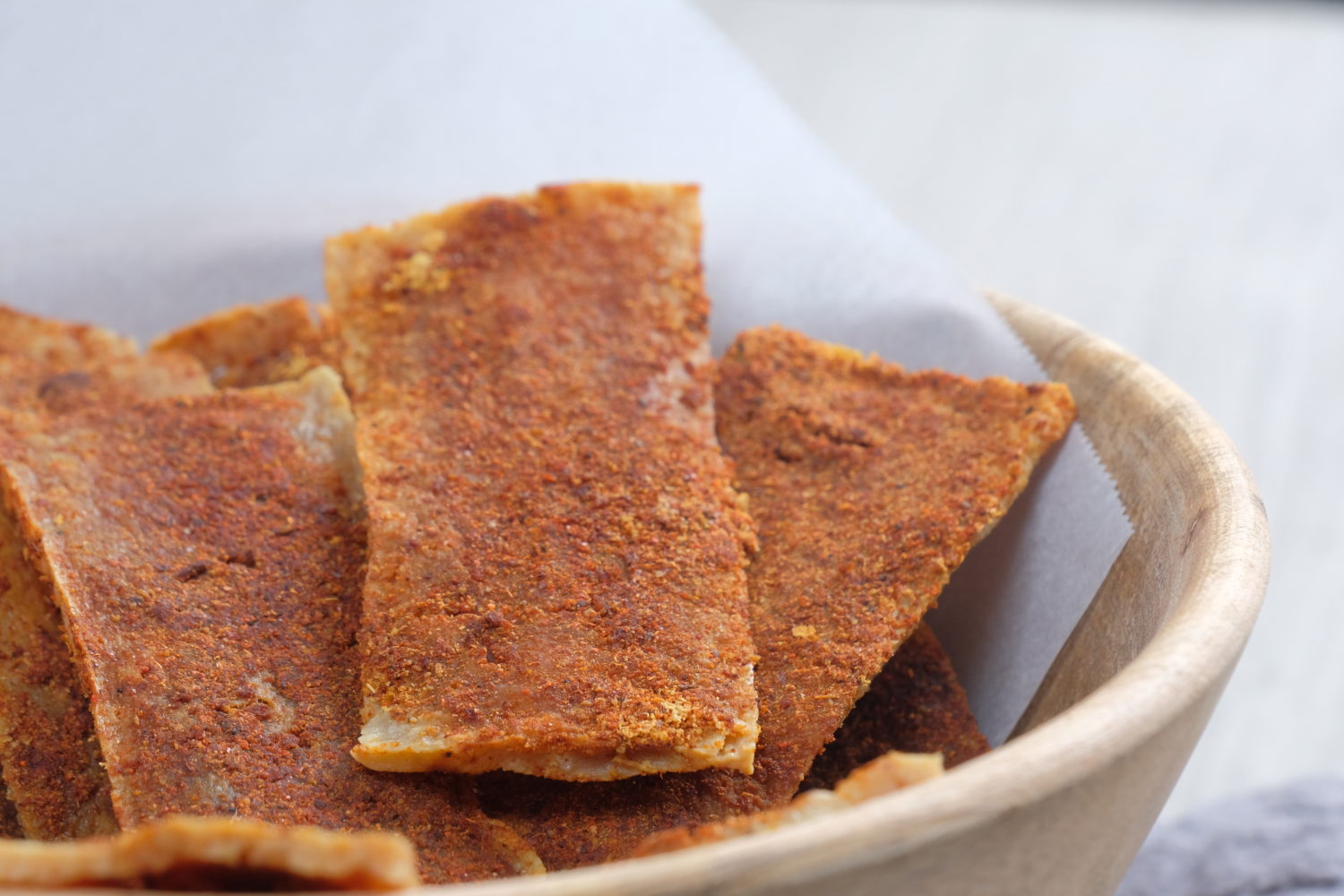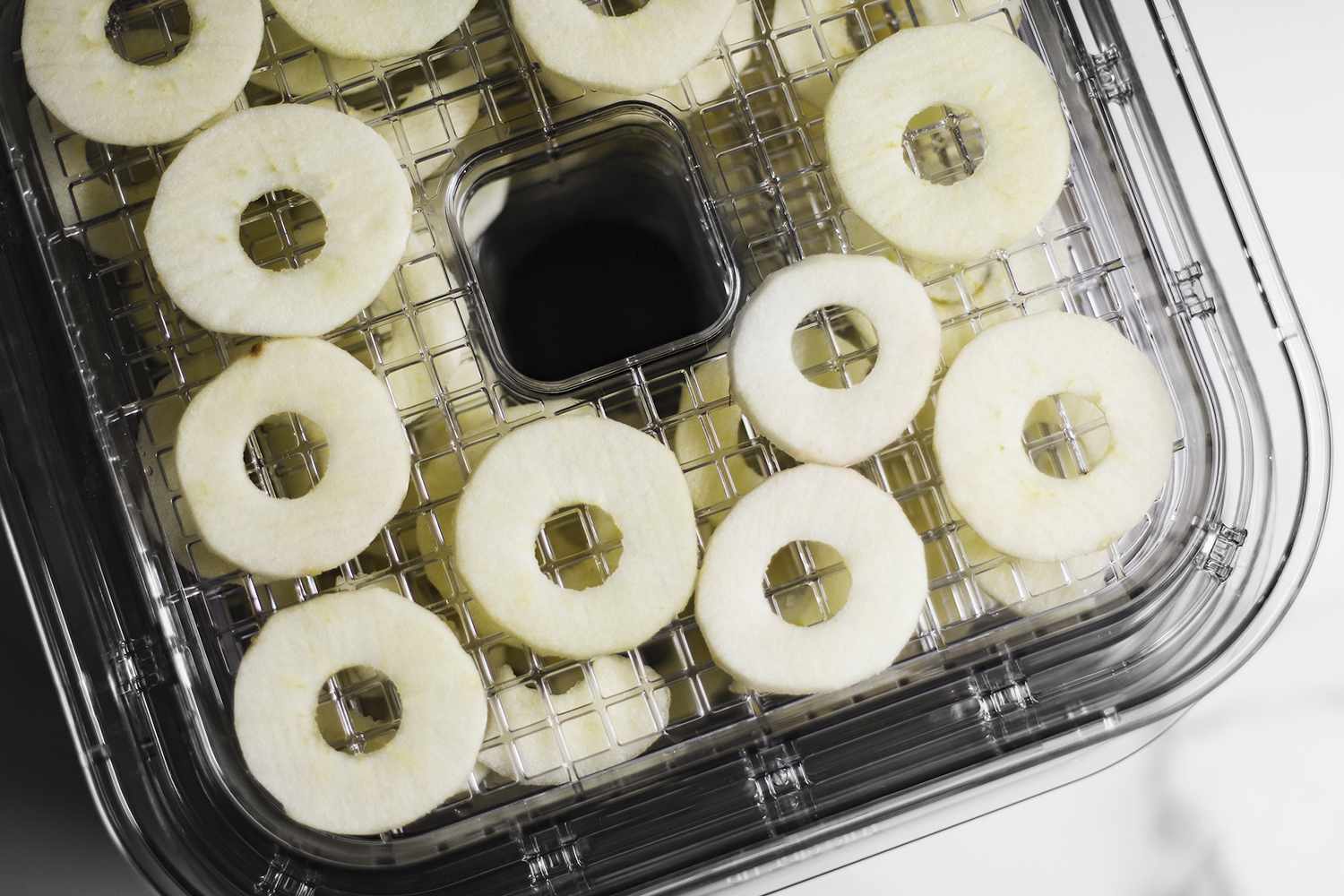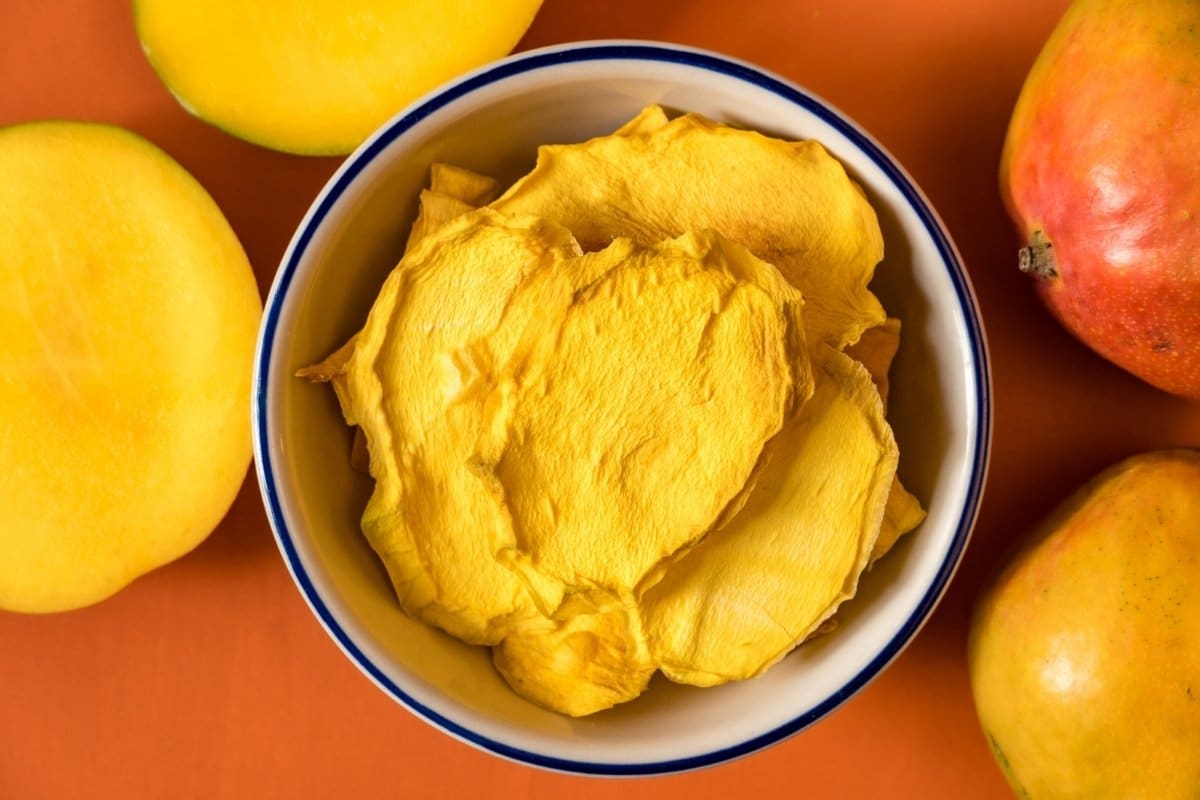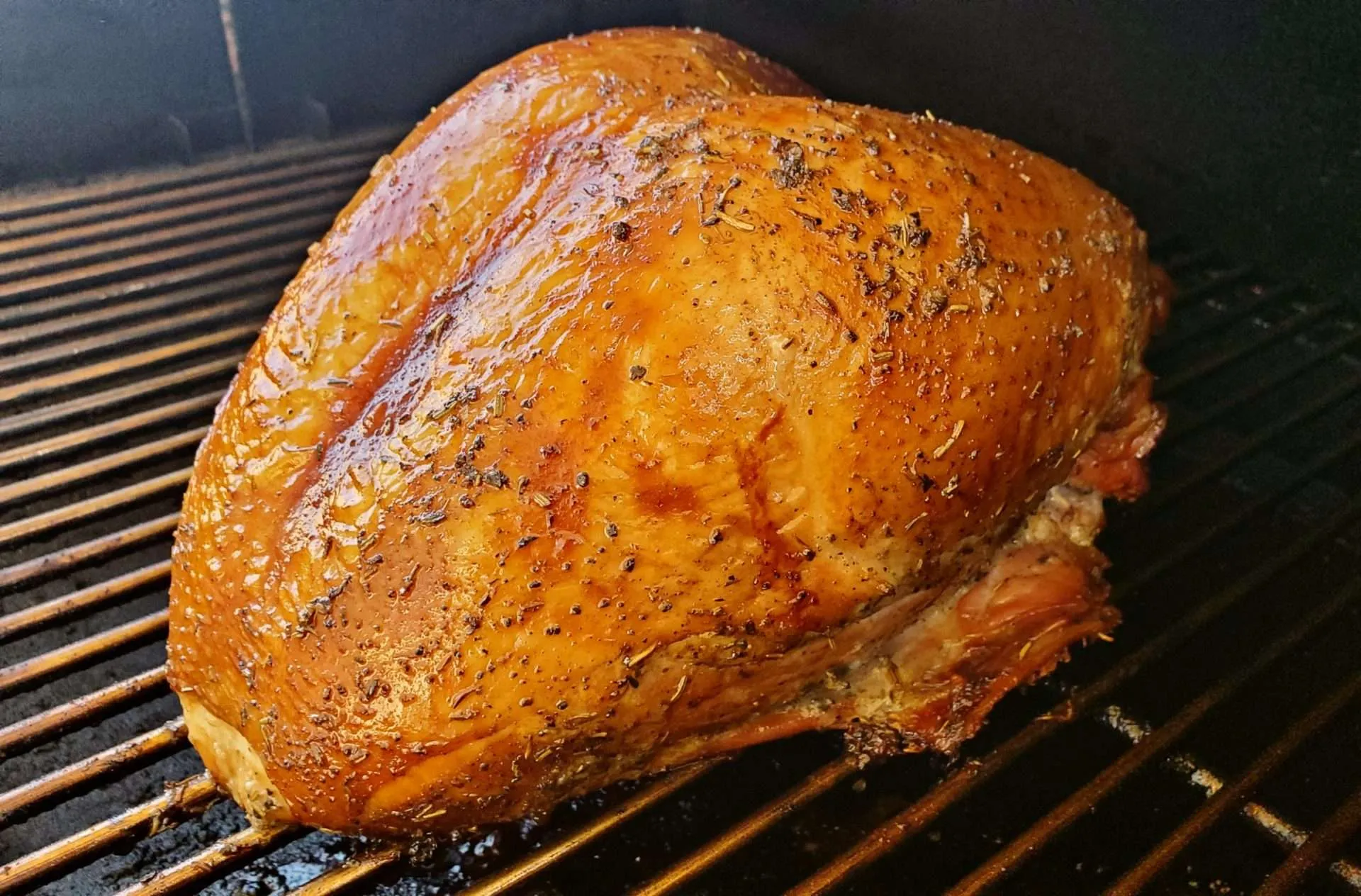Dehydrating Seeds: A Simple Guide
Dehydrating seeds is a great way to preserve them for long-term storage and ensure that you have a supply of nutritious snacks on hand. Whether you’re dehydrating pumpkin seeds, sunflower seeds, or any other type of seed, the process is relatively simple and requires just a few basic tools. In this guide, we’ll walk you through the steps to dehydrate seeds effectively.
What You’ll Need
Before you get started, gather the following supplies:
- A dehydrator
- Seeds of your choice
- Seasonings (optional)
- Oil (optional)
- Large bowl
- Colander
- Paper towels
Preparing the Seeds
Start by cleaning the seeds to remove any debris or pulp. Place the seeds in a colander and rinse them under cold water. Pat them dry with paper towels to remove excess moisture.
Seasoning the Seeds (Optional)
If you want to add flavor to your seeds, consider seasoning them before dehydrating. Toss the seeds in a bowl with a small amount of oil and your choice of seasonings, such as salt, pepper, or spices. This step is optional, but it can add a delicious twist to your dehydrated seeds.
Dehydrating the Seeds
Once the seeds are prepared, spread them out in a single layer on the trays of your dehydrator. Make sure there is space between the seeds to allow for proper airflow. Set the dehydrator to the appropriate temperature for the type of seed you are dehydrating. In general, seeds should be dehydrated at a low temperature (around 115°F to 125°F) to preserve their nutritional value.
Monitoring the Process
Check the seeds periodically as they dehydrate. Depending on the type of seed and the moisture content, the drying time can vary. The seeds are ready when they are dry and crisp to the touch, with no moisture remaining.
Storing Dehydrated Seeds
Once the seeds are fully dehydrated, allow them to cool to room temperature before transferring them to an airtight container. Store the seeds in a cool, dark place to prolong their shelf life. Properly dehydrated and stored seeds can last for several months to a year, providing you with a convenient and nutritious snack option.
Conclusion
Dehydrating seeds is a simple and effective way to preserve them for future use. With just a few basic tools and some patience, you can enjoy the benefits of having a stash of dehydrated seeds on hand whenever you need a healthy and satisfying snack. Experiment with different seasonings and types of seeds to find your favorite flavors, and enjoy the convenience of having nutritious snacks at your fingertips.
Happy dehydrating!
Readers eager to try out their dehydrated seeds will find a wealth of delicious and nutritious recipes to explore. For a quick and energy-packed snack, they can whip up some Dehydrated Seed Energy Balls. Those looking for a savory twist might enjoy making Seed-Encrusted Baked Chicken or Seed-Crusted Avocado Fries. If breakfast is the goal, Multigrain Seed Pancakes and Dehydrated Seed Muffins are perfect options. For a unique and flavorful spread, Homemade Seed Butter is a must-try. Each of these recipes offers a delightful way to incorporate the guide’s techniques and enjoy the benefits of dehydrated seeds.
Was this page helpful?
Read Next: How To Dehydrate Onions In Air Fryer

